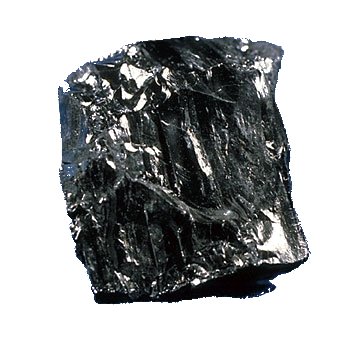With the weak enforcement of environmental and health regulations by the Bush administration – and the ever growing list of last minute rollbacks – it is no wonder that many states continue to take action into their own hands. Related to new coal plants, the Attorneys General in both South Carolina and New Jersey have spoken out against new coal-fired power plants in their state.
But more recently – a consortium of Northeastern states have found an interesting way to make the Environmental Protection Agency (EPA) enforce Clean Air Act rules in other states: use the Clean Water Act to go after mercury emissions.
Maine, New Hampshire, Vermont, Rhode Island, Massachusetts, and New York are filing a provision “which requires the EPA to craft agreements to resolve multistate pollution issues, triggers a mandatory process for the EPA to control the atmospheric deposition of mercury that makes fish throughout the Northeast unsafe to eat.”
We’ve heard this argument before in different ways – but the basics are that even if one state is making great strides in utilizing clean energy to fight global warming and protect their air and water, other states’ inactivity or further use of coal-fired power plants can negate that work. And many states have made the argument before that building a coal-fired power plant in one state will affect the quality of life in others.
So this move by the Northeastern states is not only a great way to force the EPA to do its job, but it also highlights how the problem of mercury emissions affects all Americans, no matter where the coal-fired power plant is.
Coal-fired power plants emit 42% of the country’s industrial mercury pollution. When coal plants release mercury into our air, it rains down into our lakes, rivers and streams. The toxic mercury then makes it into our bodies via contaminated fish.
Mercury pollution causes brain damage and other developmental problems in unborn children and infants, and has been linked to a greater risk of coronary heart disease in men.
Yet coal-fired power plants keep resisting mercury regulations, claiming that mercury pollution sources can’t be tracked.
But wait just a minute – there are scientists also working now to discover the exact power plant and coal sources of mercury emissions – as explained in this interesting article from the Christian Science Monitor. One article highlight:
“The new method relies on the ratio of mercury isotopes – mercury atoms with differing numbers of neutrons – to find where the mercury originates. Scientists gather coal from fields around the world, burn it, capture the escaping mercury, and determine its unique isotopic ‘fingerprint,’ says Joel Blum, a professor of geological sciences at the University of Michigan, Ann Arbor…”
Building new coal plants will only increase mercury pollution. – yet another reason to oppose new coal plants and instead focus on increasing our reliance on clean energy. It’s also another reason to push for more mercury regulation, much like the Northeastern states are doing.
p.s.- Want to know how much mercury is in your body? Which fish are safe to eat? Sign up to get tested and download our mercury survival guide: www.sierraclub.org/mercury/
